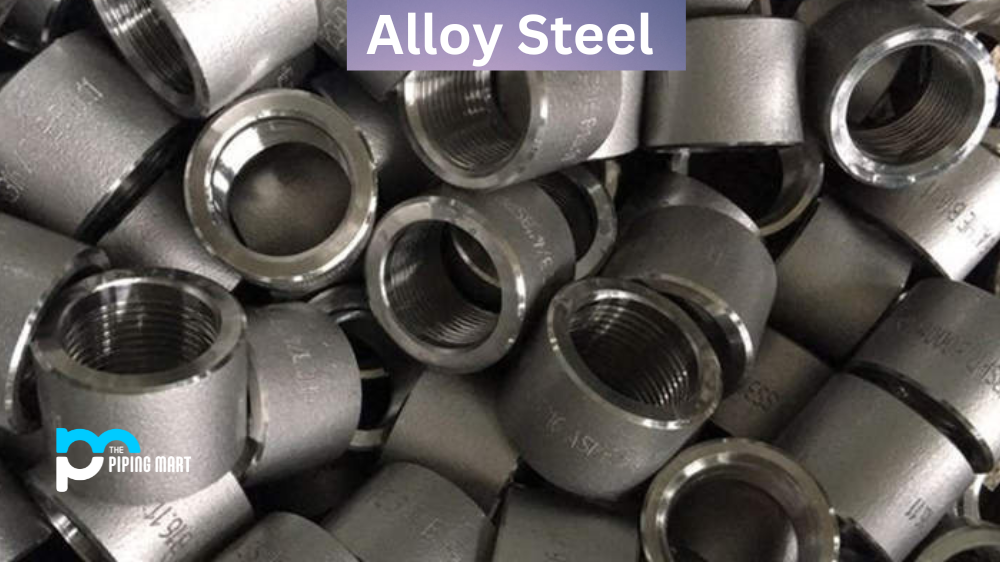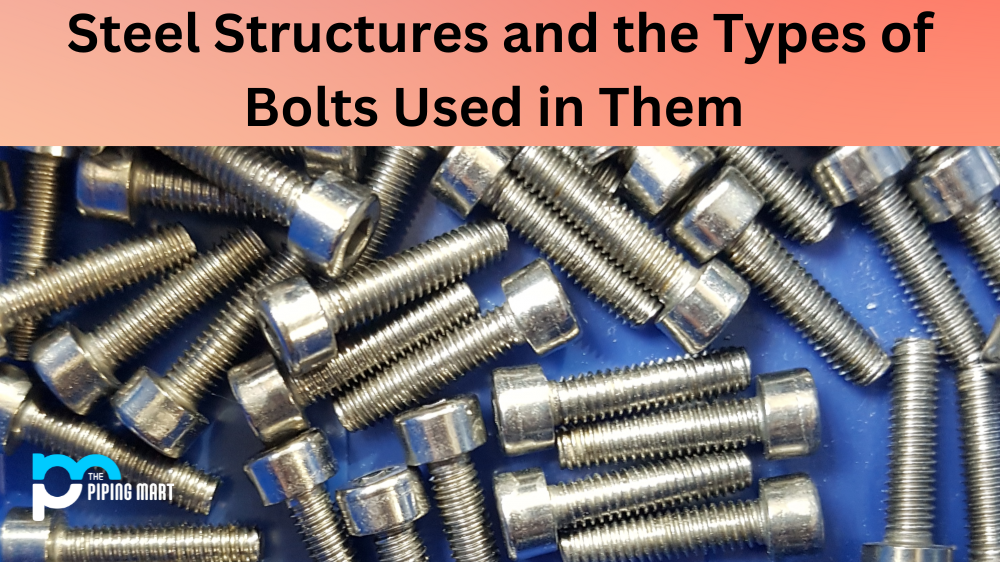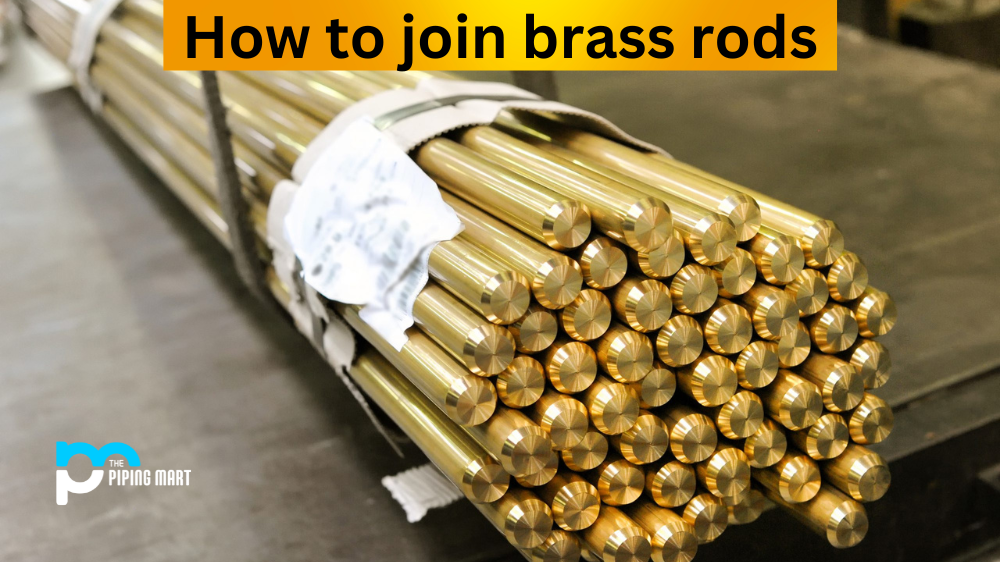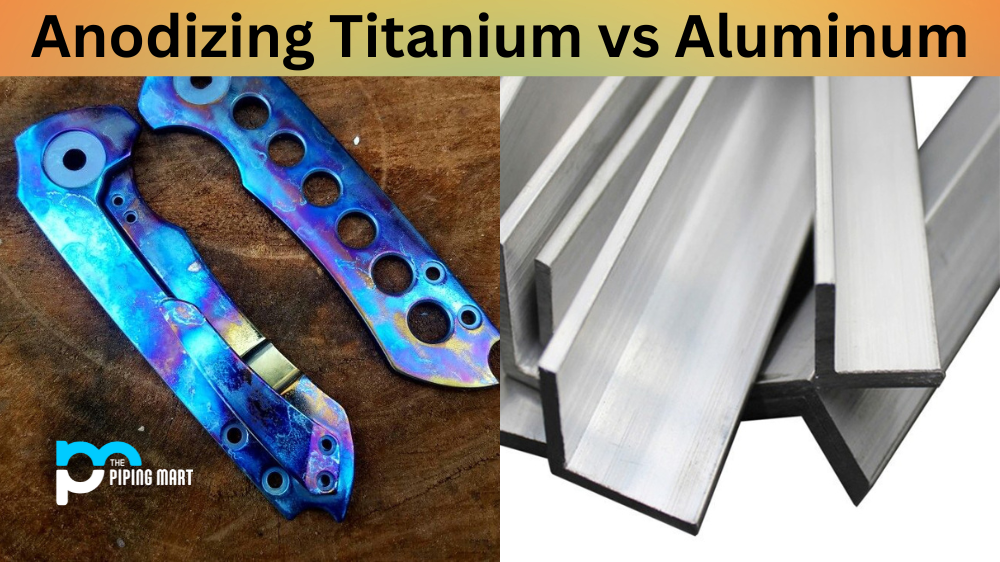Alloy steel is a type of steel composed of different types of metals to improve its strength. It has many advantages, such as increased durability and resistance to corrosion, but some drawbacks should be considered when using alloy steel in any project. Let’s take a closer look at the advantages and disadvantages of alloy steel.
Advantages of Alloy Steel
One of the most significant advantages of using alloy steel is its ability to resist corrosion and wear. Alloy steel contains chromium and nickel, which help it stand up to the elements better than regular carbon steel. This means it can be used in outdoor applications without fear of rust or other damage caused by moisture or air exposure. Additionally, alloy steel is stronger than carbon steel, so structures made with it are more stable and durable than those made with carbon steel.
Increased Strength
One of the primary advantages of alloy steel is that it is stronger than carbon steel. Carbon steel is a type of steel that contains carbon as the primary alloying element. Alloy steel has additional elements, such as manganese, silicon, or nickel, to increase the strength of the material. This makes alloy steel an ideal choice for applications where power is essential, such as construction or manufacturing.
Increased Durability
Alloy steel is also more durable than carbon steel. The additional elements present in the alloy helps to protect the material from damage, such as wear or corrosion. This makes alloy steel a good choice for applications where durability is essential, such as automotive or aerospace engineering.
Increased resistance to heat
Another advantage of alloy steel is that it has increased resistance to heat. The additional elements present in the alloy helps to slow down the rate at which the material heats up when exposed to high temperatures. This makes alloy steel a good choice for applications where heat resistance is essential, such as in power plants or chemical plants.
Increased resistance to corrosion
Alloy steel also has increased corrosion resistance compared to carbon steel. The additional elements present in the alloy helps to protect the material from damage caused by exposure to water or other chemicals. This makes alloy steel a good choice for applications where corrosion resistance is essential, such as in marine engineering or food processing.
Lower cost than stainless steel
Although alloy steel is more expensive than carbon steel, it is still less costly than stainless steel. Stainless steel is an alloy of iron, chromium, and nickel and is more expensive than carbon and alloy steels due to the addition of chromium and nickel. However, stainless steel has a different level of strength and durability than alloy steel.
Disadvantages of Alloy Steel
The primary disadvantage to using alloy steel is its cost. Because it contains several different metals, it can often be much more expensive than other steels. Additionally, because alloy steel tends to be strong and rigid, it can be difficult to work with on certain projects due to its high melting point and limited flexibility. Lastly, while alloy steels provide excellent resistance against corrosion and wear, they may still need occasional maintenance or repair if exposed to extreme conditions for extended periods.
Alloys can be more brittle.
One of the primary disadvantages of alloy steel is that alloys can be more brittle than pure metals. This is because adding other elements to the steel can change its microstructure, making it more susceptible to fracture under stress. Additionally, alloys are often less ductile than pure metals, meaning they cannot be quickly drawn into wires or formed into other shapes.
Alloys can be less corrosion-resistant.
Another disadvantage of alloy steel is that alloys can be less corrosion-resistant than pure metals. This is because other elements in the alloy can promote the formation of rust or different types of corrosion. Additionally, alloys are often less resistant to high temperatures than pure metals, meaning they may not be suitable for high-temperature applications.
Alloys can be more expensive.
Another downside to using alloy steel is that alloys can be more expensive than pure metals. This is because alloying elements are often rarer and more costly than base metal, meaning that alloy steel products can be significantly more expensive than their pure metal counterparts. Additionally, the manufacturing process for alloy steel is often more complex and time-consuming than for pure metals, further adding to the cost.
Alloys can have different properties.
Another potential disadvantage of alloy steel is that alloys can have different properties than pure metals. This is because adding other elements to the steel can change its physical and chemical properties. For example, some alloys may be harder or stronger than pure metals, while others may be softer or weaker. Additionally, alloys may have different melting points, boiling points, and densities than pure metals.
Alloys can be difficult to weld.
A final disadvantage of using alloy steel is that alloys can be difficult to weld. This is because welding heat can cause the elements in the alloy to separate, resulting in a poor weld joint. Additionally, alloys are often less thermally conductive than pure metals, meaning that heat from welding can build up in localized areas and cause damage to the material.
Conclusion:
Alloy steels have a lot of benefits for anyone looking for a durable material for their projects. They are resistant to wear and corrosion, making them ideal for outdoor applications, and they are also very strong compared to standard carbon steels. However, they do come with some drawbacks as well; they may be more expensive than other types of steel due to their composition, they can be difficult to shape or bend due to their hardness, and they require occasional maintenance or repair if exposed to extreme conditions for an extended period time. As a result, it’s essential for anyone considering using alloy steels in their project to consider both the advantages and disadvantages before deciding which material is right for them.
Sakshee is a talented blogger, with a particular focus on the Business and Metal Industry. She is passionate about sharing her insights on various metal products and helping professionals to make a better decisions.




